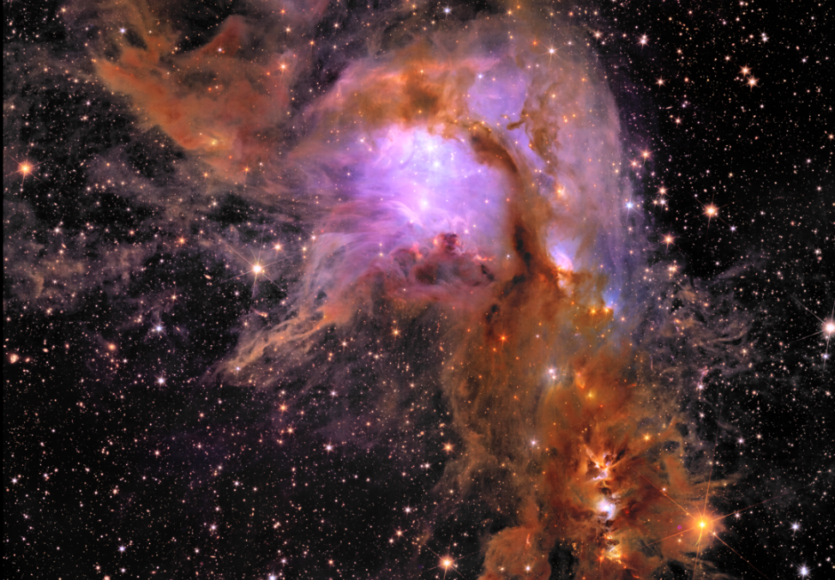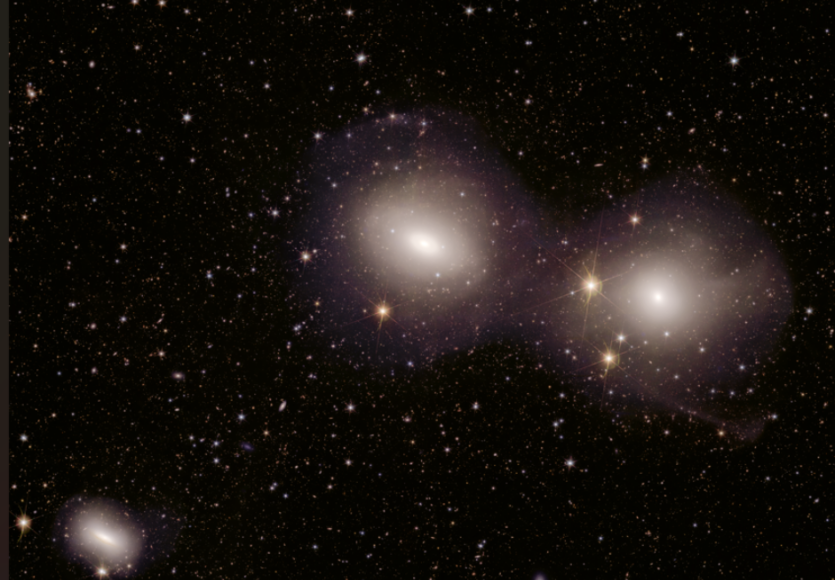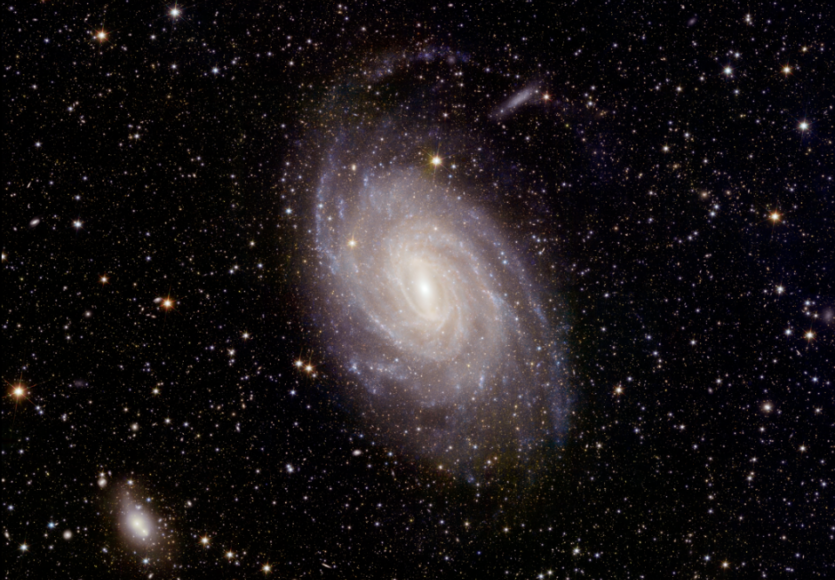
The Euclid Space Telescope team has published five new images of space that showcase a multitude of celestial objects in unprecedented detail. “Euclid is called a “dark universe” detector because its main mission is to study two of the most mysterious elements of space: dark energy and dark matter (dark matter).
Dark energy is a designation for the force that causes the acceleration of the expansion of the universe, dark matter is a form of matter that is virtually invisible because it does not interact with light. It is not an ordinary substance composed of electrons, protons, and neutrons.
This invisible dark universe is a big problem for scientists because it is believed that dark energy makes up about 68% of all the matter in the universe, while dark matter makes up about 27% – together they make up 95% of the matter in the universe, and what humans can see is only 5%. It is expected that Euclid will be able to investigate these mysterious substances. The new images are part of the telescope’s early observations.
Five new images published by the Euclid team are at least four times clearer than those taken by ground-based telescopes. Covering vast swaths of the sky, they also feature unparalleled depth, as Euclid peers far into the distant universe with a 600MP camera that observes celestial targets in visible light, as well as a near-infrared spectrometer.
One of the photos shows Abell 2390, a giant cluster of Milky Way-like galaxies located about 2.7 billion light-years from Earth in the constellation Pegasus.
The image contains a staggering 50,000 galaxies in great detail and shows the “intracluster light” emanating from the stars in Abell 2390. These are stars that were torn from their places due to strong gravitational interaction with other galaxies in the cluster. This intracluster light can also help to detect the distribution of dark matter.

The background arcs and distorted swirls in this image will be of particular interest to scientists studying dark matter. They represent light from distant galaxies that is gravitationally “lensed” or deformed by dark matter located between the galaxies themselves and the Euclid. This distortion of distant galaxies can be seen in the lower part of the image.

The new series of photos also includes a view of another galaxy cluster, Abell 2764, located about 1 billion light-years from Earth in a dense region of space.

The stars within the Milky Way, which are much closer to the telescope, are also visible, and because of their relative proximity, they appear incredibly bright. This particular star, V*BP-Phoenicis, is actually so bright in the night sky that it can almost be seen with the naked eye.

Other images from the Euclid include the Dorado group of galaxies, some 62 million light-years away; the galaxy NGC 6744; Messier 78, a ‘star crib’ some 1300 light-years away in the constellation Orion.







